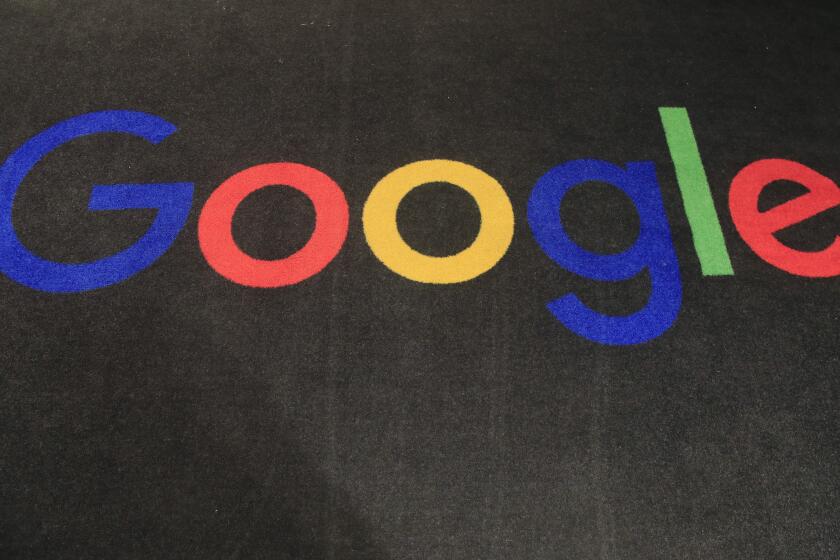Online drone maps show views of world, disaster areas, off-limit zones
- Share via
Once a tool for the military, law enforcement and the movie industry, high-tech drones with video cams and GPS capabilities are now turning up in locales both extreme and commonplace.
They're not just brushing treetops at neighborhood parks, but hovering over Los Angeles Police Department parking lots, getting up close to the observation deck at Seattle's Space Needle and even floating above raging wild fires. Search and rescue volunteers have deployed them to look for missing persons and at least one creative operator may have tried to deliver contraband over prison walls in South Carolina with help from such a device.
Although the Federal Aviation Administration prohibits their use for commercial applications, hobbyists are free to pilot the remote-controlled flying machines with little or no training in most of the country. With some models available online for under $70, enterprising folks, and those who are just curious, are embracing the unmanned aerial systems, or UAS.
Now with many of them being outfitted with cameras, concerns have been raised about where, when and how these aircraft are flown. The Los Angeles Police Department said this week it is planning to lead a push to update local laws to address drones.
With the proliferation of these privately operated drones, several online map projects have been launched. One of them allows users to see the world, another to survey disaster areas – if only through shared drone footage – while a third helps hobbyists and others keep track of where they can and can’t fly.
TravelByDrone.com lets users who upload drone videos to YouTube and Vimeo drop a virtual pin on a map to show where their footage was recorded. Red dots indicate places where multiple pins have been dropped.
Jan Hiersemenzel, the Switzerland-based creator of the site, said it provides a "drone view" -- something between Google's Street View and a satellite image -- letting visitors travel virtually to anywhere they want to go. The map features crowd-sourced video from locations on every continent, including Antarctica, where polar cruise line Quark Expeditions and Paris-based Freeway Drone have flown their drones.
Visitors to the UAViators Crisis Map can get a birds-eye view of the aftermath from disasters such as a tornado that devastated Washington, Ill., last year or a fire that tore through an apartment in San Francisco’s Mission Bay neighborhood this spring.
Like TravelByDrone, the Crisis Map uses virtual map pins to show locations reconnoitered by drones and provide links to videos. The Humanitarian UAV Network, a network of drone pilots who seek to use the technology for humanitarian missions, says the map is intended to help give “greater situational awareness” to organizations and communities in disaster areas. The site also provides pilots with a code of conduct, an operational checklist and a list of drone-makers and humanitarian organizations using UAS technology.
Don’t Fly Drones Here, a project by mapping start-up Mapbox, charts no-fly zones for drones in the United States. The map shows places where the aircraft are not allowed nationally: over military bases, above national parks or within five miles of medium- to large-size airports.
The map doesn’t contain data on all locally restricted airspace, but the company is crowd-sourcing those details through a public repository on the code-sharing website GitHub.com.
Bobby Sudekum, an engineer at Mapbox, said the map is not likely to map no-drone zones outside the U.S. because rules vary sharply from country to country.
Hiersemenzel of TravelByDrone.com said Switzerland recently enacted rules governing drone use in response to rapid adoption of the technology there.
Unlike in the U.S., where federal rules are still forthcoming and not expected until 2015 or later, Swiss officials reacted quickly to give drone users "very clear lines -- what you can do and what you can't do," Hiersemenzel said. "Play safe and the government won't try to stop you."
Twitter: @chadgarland



